Huawei P40 Pro Review

Summary
With the P40 series, Huawei is innovating again by introducing the largest camera sensor in a modern phone, the longest optical zoom, wireless charging as fast as wired, and a rich number of 5G bands in the most compact package for its 6.6" display size. The best part - it all works as advertised.
We asked Huawei's CEO Richard Yu whether former Nokia/Lumia folks who now work for the company took part in the P40 Pro camera development, and he tipped that Huawei has actually been assembling a world-class camera team for a while now. Besides the Scandinavians, he advised, there are also people from Leica, professional photographers, and top camera talent from Japan, as well as a strong image processing team to go with them.
The unprecedented push into camera research and development certainly showed in Huawei's previous two flagship generations, and the P40 Pro is now the apex of this effort, especially in the hard-to-master night time and zoom photography, not to mention the front camera virtues.
Granted, a grand for a phone that makes you jump through hoops to set it as you would one with Google services preinstalled may seem a bit steep, but the hardware certainly makes up for it, and we are glad that Huawei keeps pushing everyone's envelope, as this is probably the most intriguing phone of the season.
Huawei P40 Pro display and design
Overflow display redefines compact
We love the matte Silver Frost chameleon shimmer of our P40 Pro unit. This may sound like an oxymoron, but Huawei pulled it off, and it looks sober and classy. There is a clear case in the box so you don't lose much of the stunning looks while protecting the phone from drops and scuffs, and the phone is water-resistant at up to ten feet in depth.
Since the P40 Pro sports a beautiful quad-curve waterfall screen that wraps around not only the sides, but also the top and bottom of the device - Huawei calls it Overflow Display - the handset achieves a top screen-to-body ratio, and stuffs a 6.6" panel in the most compact body. Don't be fooled, though, the curve effect at the top and bottom is minimal for the screen, and more for the cover glass on top, while there is still a border there, bending or not.
The Galaxy S20+, for instance, with its 6.7" display, has 6.37 x 2.90 x 0.31 inches (161.9 x 73.7 x 7.8 mm) dimensions, while the P40 Pro comes shorter at 6.23 x 2.86 x 0.35 inches (158.2 x 72.6 x 8.95 mm), and is narrower despite the Galaxy's taller aspect ratio.
All that glass and camera paraphernalia make the P40 Pro an ounce heavier, though, and it feels very solid in the hand, with good weight distribution despite the giant camera island on the back. Thankfully, Huawei also moved away from the coolness factor of one physical button like on the Mate 30 Pro, and provides a good old-fashioned volume rocker on the P40 Pro.
The 6.6" OLED panel comes with 2640x1200 resolution and has a front camera cutout for the dual 32MP selfie camera that has autofocus, depth sensor for portraits, and can do 4K video recording. As you can see from our display quality measurements below, it is a bit better calibrated than even Samsung's panel on the S20 Ultra, with better white balance, less shift at an angle, and more credible color gamut coverage in the colder nuances.
The in-display fingerprint scanner has been greatly improved as well, managing to cover 30% more area than before, and feels faster to unlock. Thankfully, Huawei is keeping the optical instead of Samsung's ultrasonic solution that behaves slower, and more erratic.
Last but not least, the trendy high refresh rate of the display is here as well, and Huawei thinks that 90Hz stable refresh is the perfect tradeoff between smooth visuals and battery consumption. Looking at the power-hungry 120Hz displays of the S20 series, we can't say that thinking is wrong. Indoors and on automatic brightness, the screen drains about 12% from the battery each hour it is on with the 90Hz refresh in mixed usage, and 10% with the higher refresh rate off which is a very good achievement.
Huawei P40 Pro camera and audio
The grand photon gathering
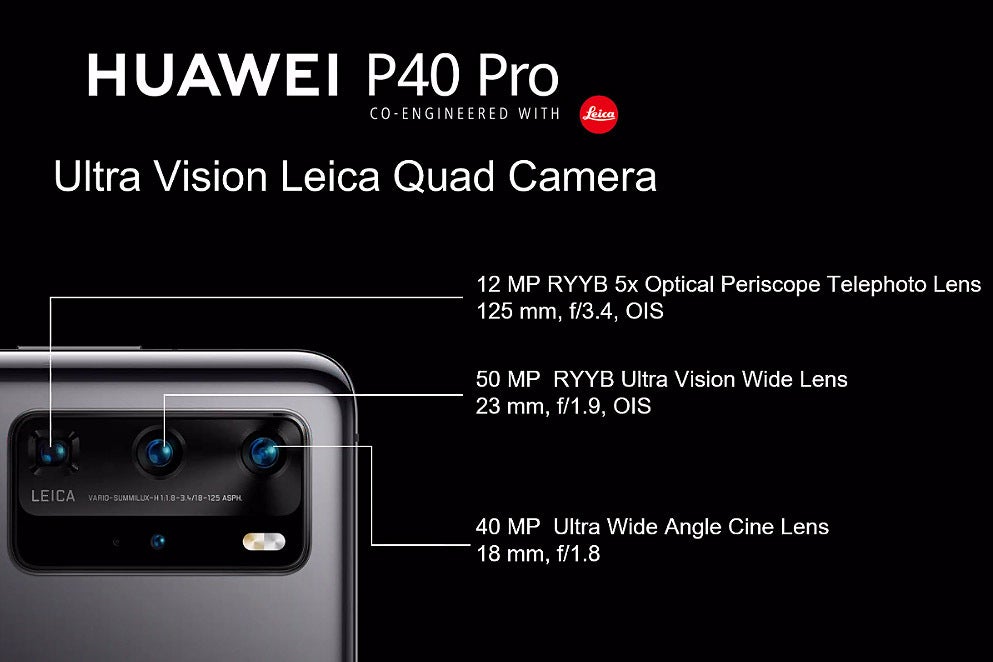
Huawei P40 Pro camera specs
There is no denying that Huawei pulled out the big guns with the P40 Pro models. The rumors about a record 10x periscope zoom materialized for the P40 Pro+, but the Pro is also outfitted with one at 5x optical and 10x lossless hybrid magnification which performs wonders as you will see in the samples below. In particular, the 10x hybrid zoom that also uses information from the main sensor, is breathtakingly detailed and clear, just look at the clock tower, or the theater facade.
The biggest star of the P40 Pro show, however, is literally the largest the largest, 1/1.28" camera sensor ever placed in a modern phone, lest we forget the PureView 808 with its 1/1.2" piece way back when. Not only does the unorthodox RYYB pixel arrangement help with low-light sensitivity, but the sheer size of the sensor's pixels soaks in 40% more photons than before, says Huawei.
Looking at the snaps that the P40 Pro produced in pitch darkness without even resorting to longer Night mode exposures, we are inclined to believe the stats.
Here's another one through the window of a furniture store at night, against the Mate 30 Pro that is not shabby when it comes to night shots, and also sports a light-sensitive sensor with RYYB pixel arrangement.
As for the daytime shots, the ultrawide-angle camera produces some of the best snaps we've seen from such a kit on a phone, while the 50MP sensor that shoots 12.5MP pics in pixel-merging mode, managed to soak in plenty of detail. We'd wish for a bit more sharpness, and the macro shots are an Achilles heel as you can't really go too close, but the final software on the retail units could differ from the review ones.
Huawei also included a dedicated color temperature sensor to prevent the RYYB pixel set from emphasizing the warm colors a bit too much, an issue that was present on the P30 Pro but is now significantly reduced on the P40 Pro.
Last but not least, selfies from the 32MP front autofocus camera came out very good even without the portrait mode that uses the second infrared depth sensor to help with the background blur. Here is also where Huawei's much touted AI exposure kicks in most visibly. If you are shooting against a room window, for instance, the phone will first expose your face, then unbeknowst to you will seamlessly stitch different background exposures to effortlessly nail the dynamic range of the photo just when you thought that nothing will come out of this.
The phone doesn't shoot 8K video, but 4K at 60fps is plenty enough as it is, and the AI-aided image stabilization works wonders even if you are walking fast and furious. Octa phase-detection autofocus or not, at night the footage sometimes loses focus when panning around swiftly, while the white balance is often thrown off by neon lights.
Daylight videos come out well, though. Zooming could be smoother but the continuous autofocus is near instant when you move between objects near and far, something that we've only seen on Samsung flagships so far. Audio recording and playback, however, don't particularly impress.

Huawei P40 Pro software and performance
The world with less Google
The P40 Pro runs on an open-source Android 10 with Huawei's own EMUI 10.1 interface on top. It took us about 25 minutes to move all the info from the Mate 30 Pro to the new phone (including Facebook, Instagram, Twitter and the like) via Huawei's Phone Clone app, save for the pictures and videos which we left on the source device.
Phone Clone is perhaps the best switch software we've used so far, as not only does it transfer all your contacts, messages, apps and settings, but also arranges the home screen exactly the way you have it on the previous phone, complete with nested folders. Heck, the Clone app even moved our logins in a lot of the cases, so we only needed to log back in encrypted chats like Messenger.
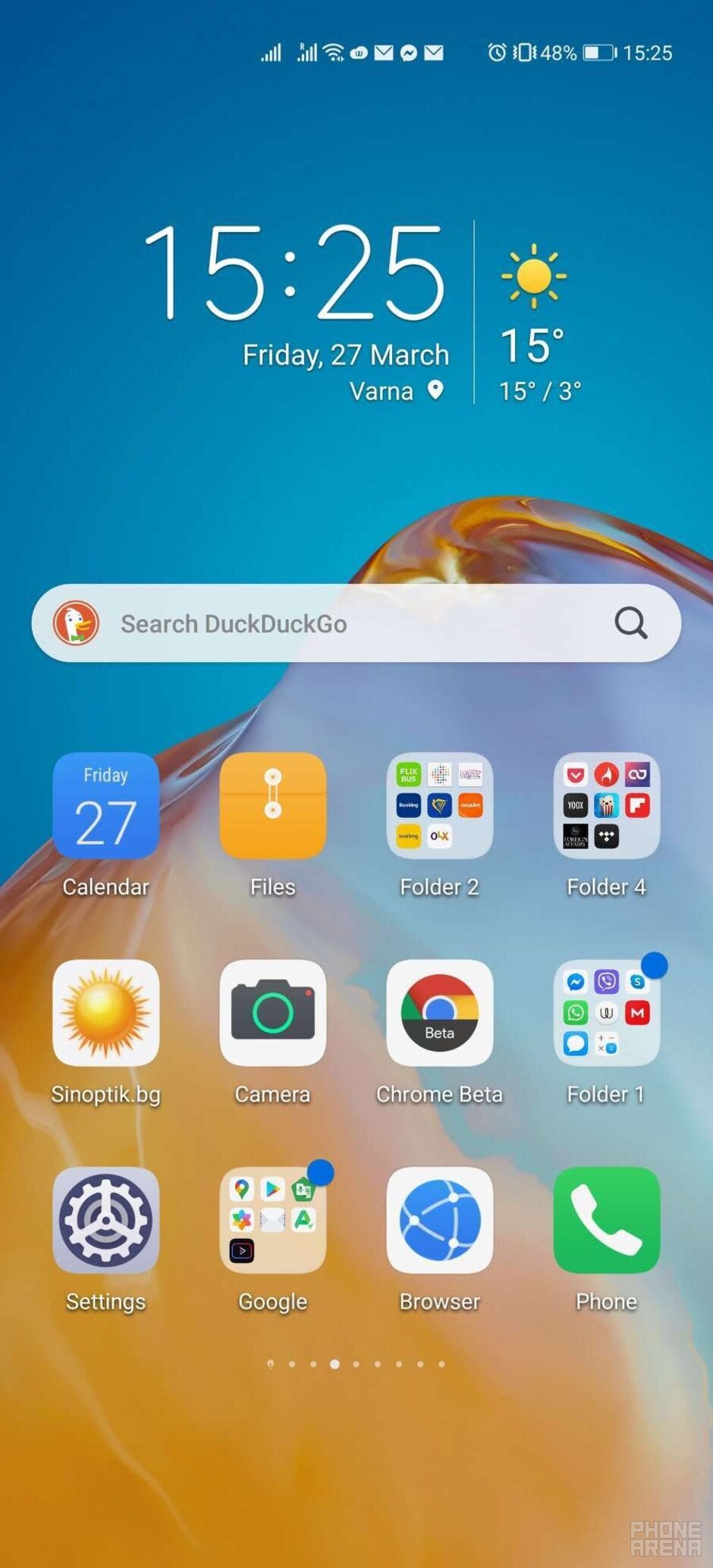
For the rest you can install APKPure, APKMirror, or any similar vetted APK aggregator as a Play Store alternative. In fact, if you are prepared to be annoyed by manually turning off notifications for Maps, Chrome, and a few other Google apps that would otherwise be constantly chiming they need Play services, you can use those, too. Just not with your Google profile, but there is the MicroG set for that.
There are a few Maps, YouTube, Gmail, etc. app alternatives that work very well if you don't want to run those services from a browser, or without the login. YouTube Vanced, for instance, is better than the original, the Here WeGo Maps work offline better for whole continents, while the Google search widget was quickly replaced by DuckDuckGo.
Where things got hairy, however, were apps that not only checked for Google Play services upon launch, but needed them to run properly, mainly paid ones, and some requiring a subscription. The WSJ app, for instance, will run with warnings you can turn off, but won't let you log into your account, while a local weather app refused to start. In such instances, you will unfortunately have to fire up the browser.
Other than running through more hoops to install apps, to no fault of Huawei, EMUI 10.1 presented us with a silky smooth experience, and a few thoughtful new additions. You can, for instance, now hold the back gesture, and a custom list of quick apps will appear under your thumb so you don't have to search. Unfortunately, EMUI still insists to send you to the phone search field when you pull down on an empty screen area, instead of bringing down the status bar/notification shade.
Huawei also equipped the P40 Pro with a 90Hz refresh rate display for added scrolling and animation fluidity. The new Celia voice-controlled helper is Huawei's answer to Google Assistant, but is still in its nascence if you are into that kind of interaction with your phone.
The phone runs on the latest Kirin 990 chipset with integrated multiband 5G modem, coupled with 8GB RAM, and has both a hybrid dual SIM/memory card module, and an eSIM card inside for added flexibility wherever you are. You can also enjoy Wi-fi 6 speeds and breathtakingly quick dual-frequency GPS that locked is within seconds in the room, while the S20+, for instance, took its time to do the same.
Huawei P40 Pro battery life and charging speeds
The warped wireless
There is a 4200mAh unit in the P40 Pro that can be charged with a 40W wired AND 40W wireless charging speeds which is a new record in topping up phones sans cable. The battery is slightly smaller than on the Mate 30 Pro, but Huawei tips that it chose the best combination of screen resolution and frugal Kirin 990 5G chipset to keep power draw the same.
The phone discharges with about 10% (60Hz) or 12% (90Hz) per screen-on hour indoors on automatic brightness, which experience shows is a very good result that will get you through a heavy day away from the charger, while with normal usage the P40 Pro could serve you well at lunch the next day, too.
Given that we charged the phone from zero to a 100% for less than an hour with the charger in the box, wireless charging at similar levels would be a pretty amazing feat, and we plan to test it as soon as we get our grubby mitts on such a powerful wireless charger.
Huawei P40 Pro battery charging speeds:
- 30% in 10 minutes
- 50% in 25 minutes
- 80% in 40 minutes
- 100% in 59 minutes
Here are our main P40 Pro advantages and drawbacks observations for the few days spent with it. The final software on the retail units could differ from the review one (v. 10.1.0.112), and we'll be having more samples and comparisons for you in due course.
Follow us on Google News

















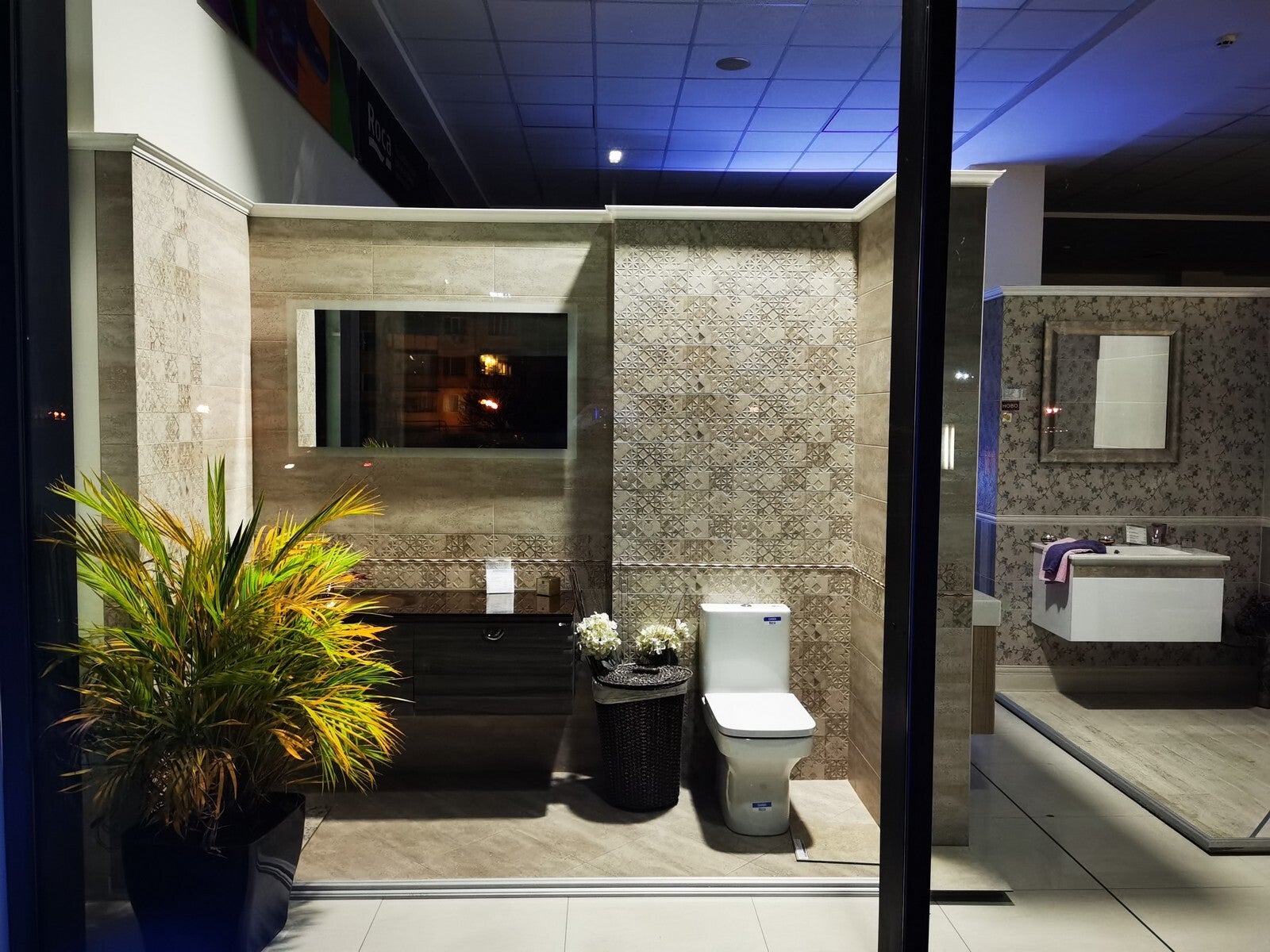
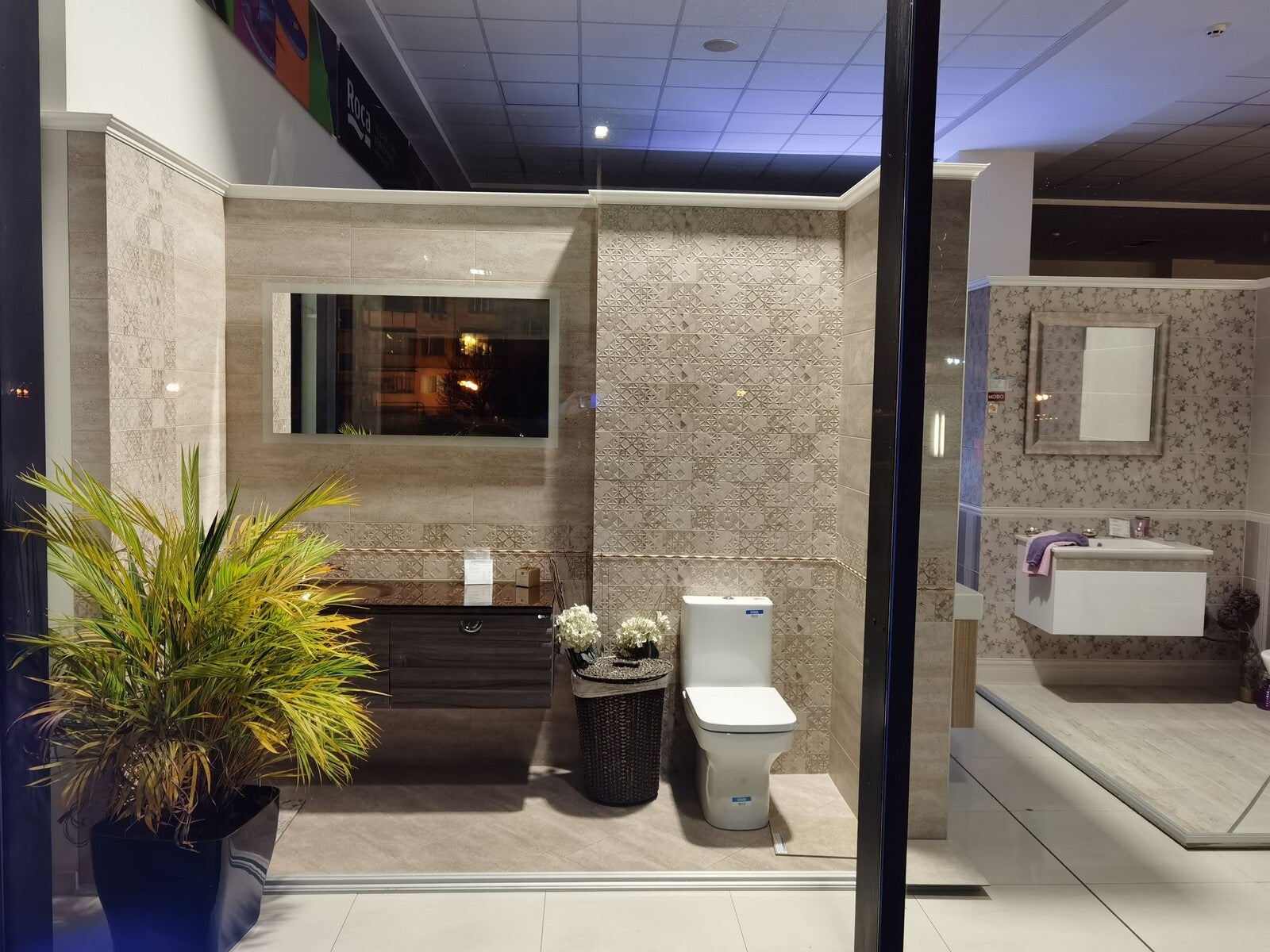


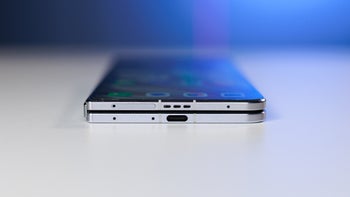
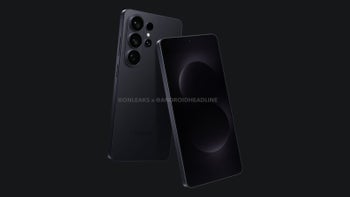
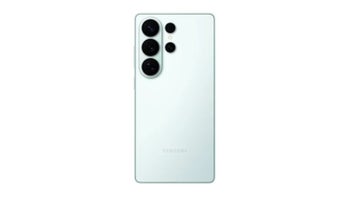
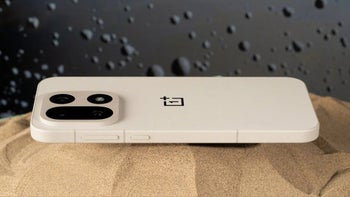
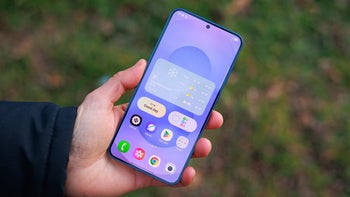
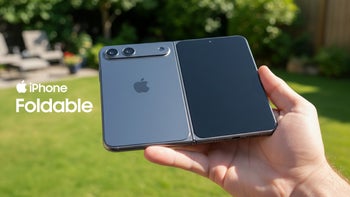
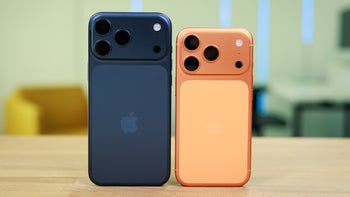
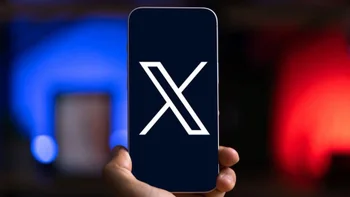
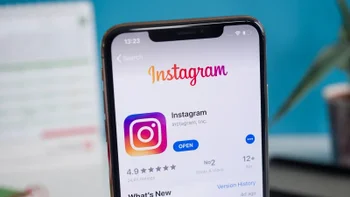
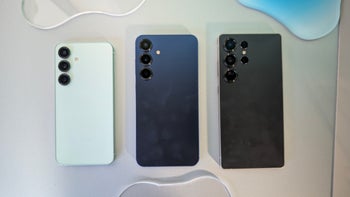
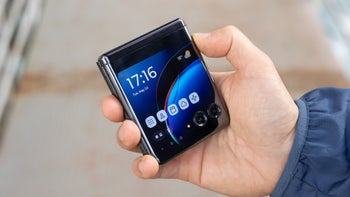
Things that are NOT allowed:
To help keep our community safe and free from spam, we apply temporary limits to newly created accounts: